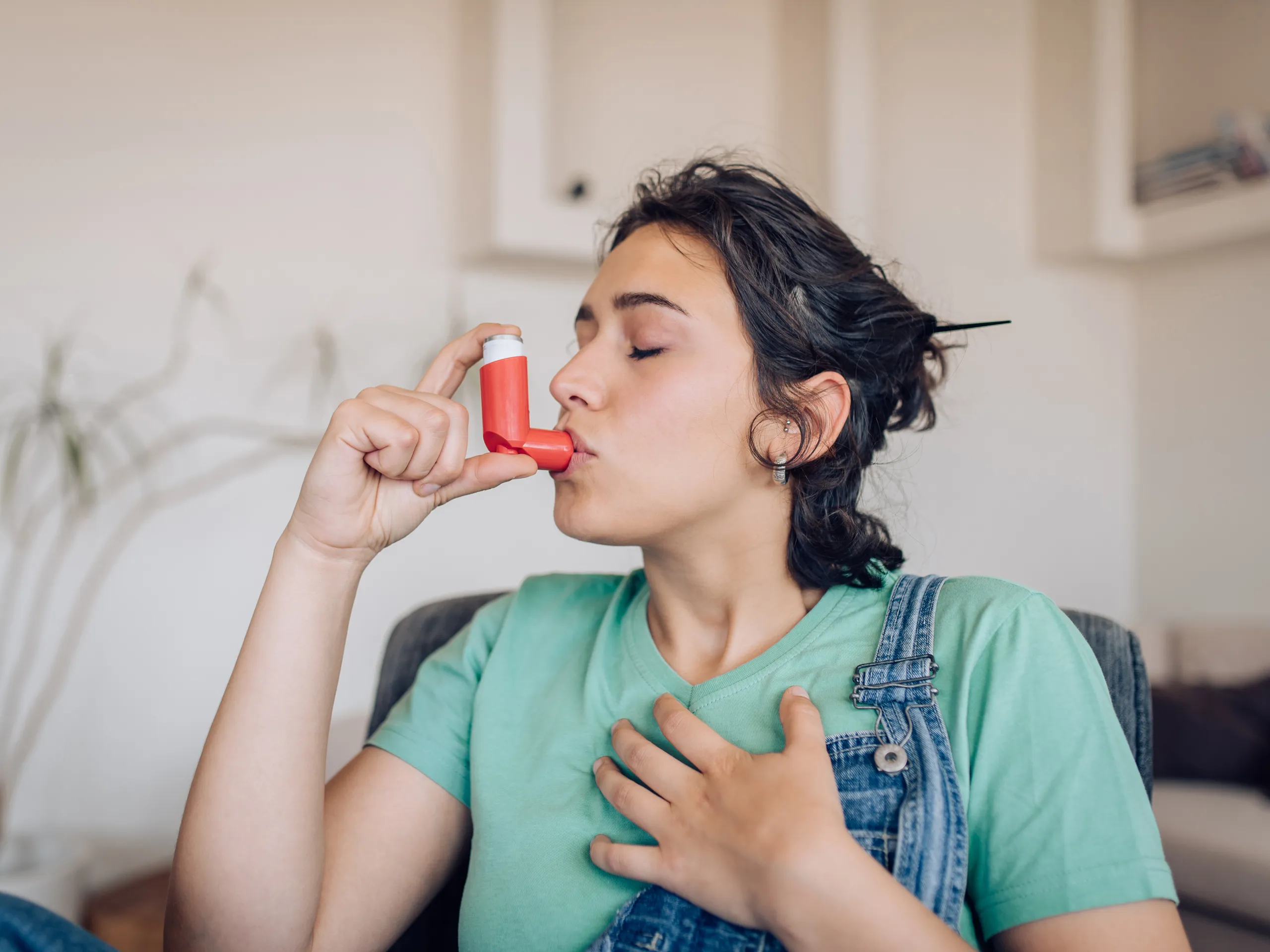There is no cure for asthma, but symptoms can be controlled with effective asthma treatment and management. This involves taking your medications as directed and learning to avoid triggers that cause your asthma symptoms. Your allergist will prescribe the best medications for your condition and provide you with specific instructions for using them.
Medications: The right medications for you depend on several things — your age, symptoms, asthma triggers, and what works best to keep your asthma under control.
Preventive, long-term control medications reduce the swelling (inflammation) in your airways that leads to symptoms. Quick-relief inhalers (bronchodilators) quickly open swollen airways that are limiting breathing. In some cases, allergy medications are necessary.
Physiotherapy treatment: Asthma is a chronic disease that requires treatment and management. Although a cure is not known but physiotherapy treatment can play an important role in:
- Control the symptoms of asthma and prevent further aggravation
- Remove excess sputum and maintain a normal breathing pattern
- Prevent the occurrence of asthmatic attack
- eep pulmonary function as normal as possible
Breathing exercise: Diaphragmatic breathing exercises and pursed-lip breathing techniques are widely used in asthma to prevent breathing abnormalities. It will increase air redistribution to the lungs, maximize oxygenation, and relieve dyspnea.
Pursed lip breathing – this technique prevents the trapping of air into the lungs. It enhances the distribution of air in all lobes of the lungs and reduces the difficulties of breathing. The patient should be comfortable in the position. The patient should breathe in through the nose and breathe out through the mouth as pursed-lip or whistling. It creates vibrations of the air which cause positive back pressure and maximizes oxygenation.
Removal of secretions: There are various techniques available for mobilizing and removing secretions. Percussions, vibrations, huffing, and shaking techniques are used to mobilize the secretion and move these secretions to central airways to evacuate them. Postural drainage, suctioning and coughing techniques are used to remove mobilized secretions. Active cycles of breathing and autogenic drainage are also used for this purpose.
Posture: The patient should be in tripod position while asthmatic attack. Both hands should be on the ground with a wide base and the neck should be in forwarding flexion. It relieves breathing difficulties. Chest expansion exercise also improves air redistribution and oxygenation.
Breathing control techniques: This technique maintains a normal carbon dioxide level, eliminate hyperventilation of the lungs through breath control, and breathe holding.
The above-stated technique management helps to eliminate hyperventilation of lungs, reduces the use of bronchodilator and anti-inflammatory drugs, air trapping, and dyspnea. It also improves the quality of life.


